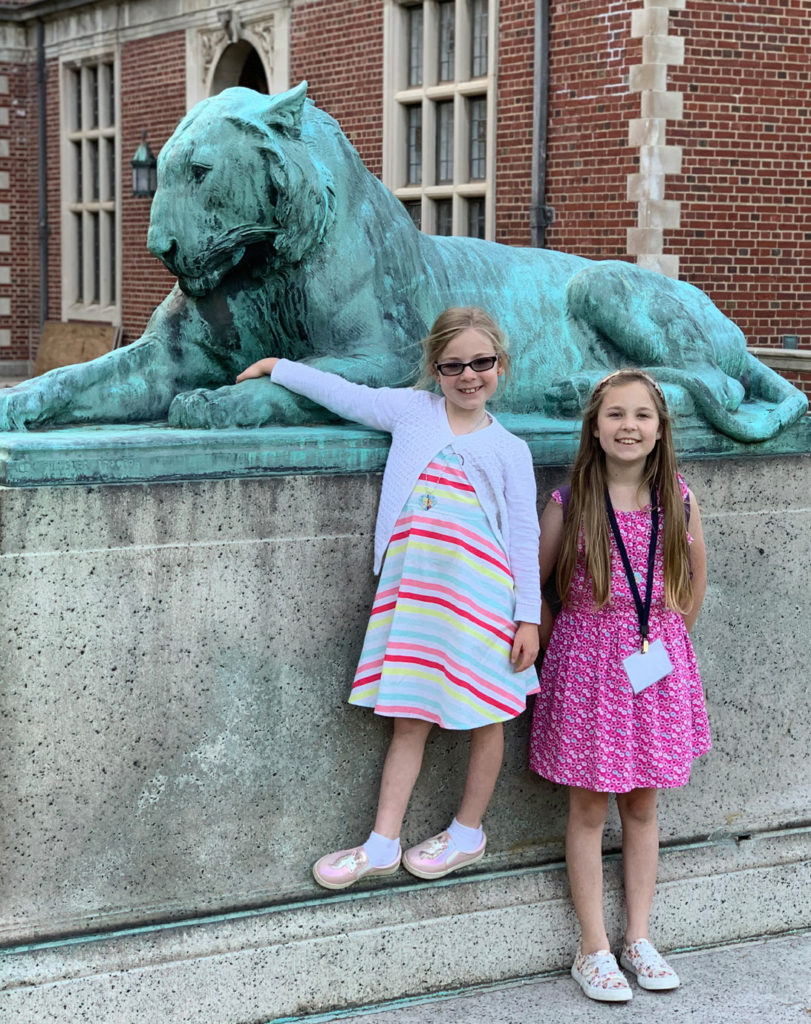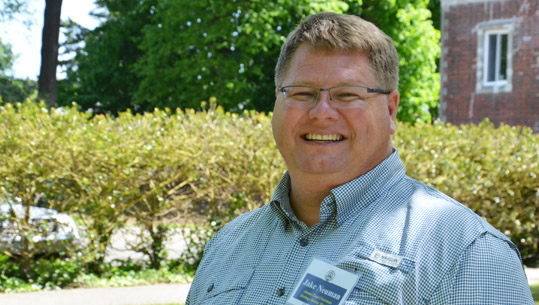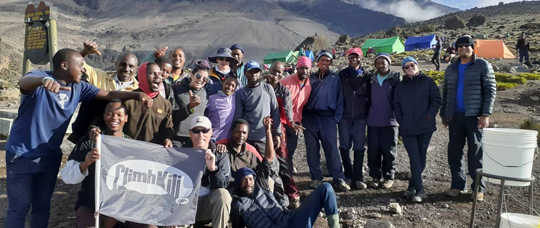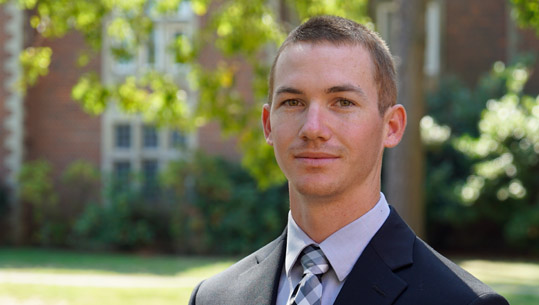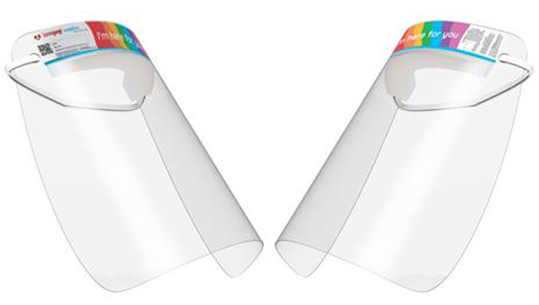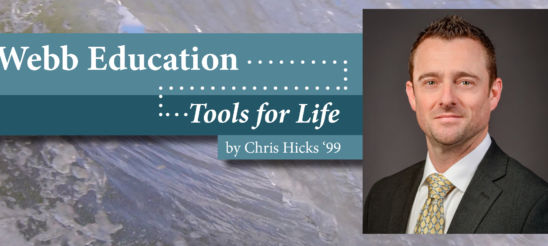Solid Performance in the Midst of Change and Uncertainty!
by Jake M. Neuman ’93
Chairman of the Webb Alumni Fund
At first glance, the 2019-20 Webb Alumni Fund (WAF) total raised of $2,027,089 might seem underwhelming with the backdrop of the successive record-breaking WAF years. But when you consider just how different this giving year was from most, reaching the $2 million plateau was a difficult task, one that could only be accomplished through your generous gifts during these uncertain times. When we planned for this WAF year, we knew all too well that you have been asked to stretch your giving capacity during the six-year Campaign for Webb effort. Then unexpectedly, in the last quarter of the giving year, COVID-19 disrupted our lives.
Most Webb students learned remotely during the spring semester. Many alumni experienced professional hardships. Our Spring Phon-a-thon was replaced by Webb Cares—phone outreach conducted by Webb students to ensure everyone’s well-being—a great display of the Webb family values. In spite of all of the challenges, alumni, led by class agents, persevered and contributed over $2 million of much-needed support for Webb. This is only the fourth time in Webb’s history that the WAF has surpassed $2 million, and for added context, the WAF secured $1.3 million in the first year before the Campaign for Webb (2013-14). In short, I am proud of what my fellow alumni have accomplished, but I would not be doing my job unless I shared with you that I think we can do even better next year! THANK YOU to all who continue to make the WAF a pillar of Webb’s financial support.
| 2019-2020 | 2018-19 | |
|---|---|---|
| Total Funds Raised | $2,027,089 | $2,561,658 |
| Participation % (Webb undergraduates Only) | 70.4% | 71.6% |
| Participation % (All Members of the Webb Alumni Association) | 68.0% | 69.4% |
| Average Gift | $2,553 | $3,190 |
| Median Gift | $750 | $720 |
Together, we achieved a nation-leading undergraduate participation rate of 70.4% and 18 Webb classes boasted an amazing 100% participation rate. Our future is bright, too, as the most recent 15 graduating classes combined for an average participation rate of 86%.
I look forward to a great WAF 2020-2021 as we strive to raise $2,100,000 and secure the participation of 75% of undergraduates.
A huge thanks to the Class Agents, Group Leaders, and the Development Office for all their time and efforts for the Webb Alumni Fund. The success of the WAF truly is a team effort! Thank you! A special thanks to Paul Hayes ’54 who is handing over Class Agent title to Joe Signorelli ’54 and welcome to our newest class agent, Reneé Tremblay ’20!
You can have a big impact on the future of our fundraising success and Webb’s financial well-being by:
- Maximizing your current giving levels – The WAF average gift is $2,553 and the median gift is $750. Maybe these are goals you can strive for or comfortably exceed, depending on your circumstances.
- Giving as early in the giving year as possible – This allows everyone involved in this effort to spend more time cultivating alumni that either do not give regularly or have not yet given at all.
- Serving as an ambassador for the WAF and Webb – Help your fellow class agents by encouraging classmates to maximize their giving and to give as early in the giving year as possible. Sharing your giving strategies (monthly giving, gifts of stock, gifts leveraging donor advised funds, charitable distributions from your IRA, matching gifts, etc.) may inspire a new gift or help your peers achieve new giving levels!
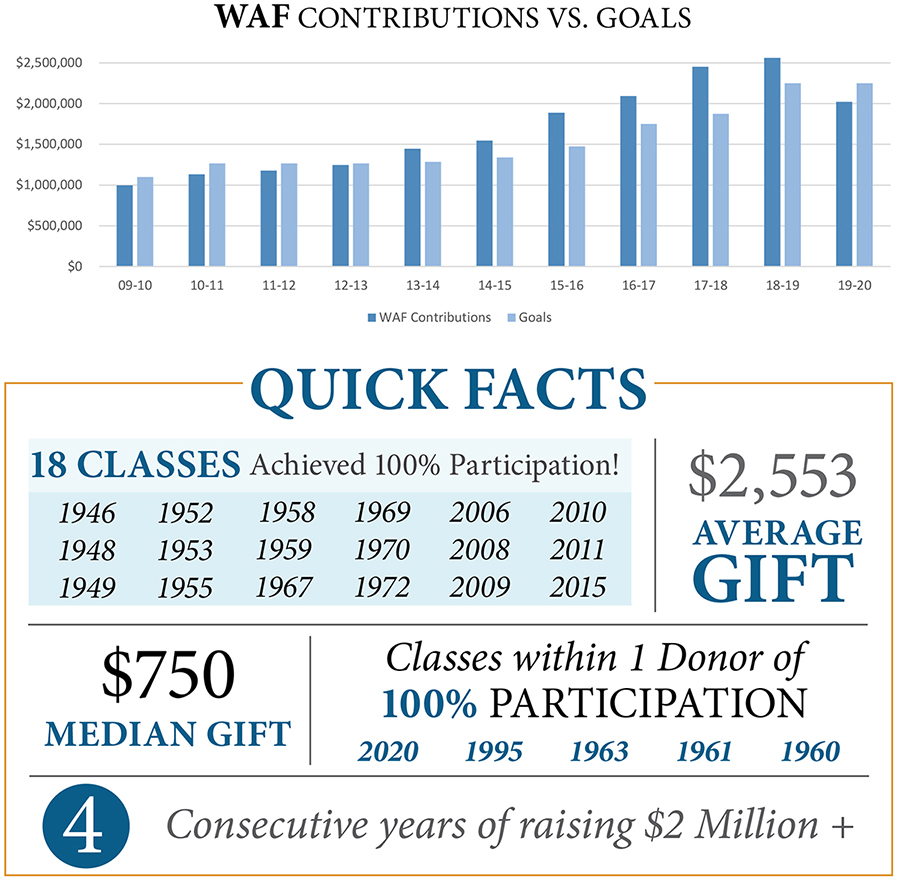
Rick Royce and the Mountain of Terror
by Rick Royce as told to Rick Neilson ’70
As seen in Webb News 2020 edition
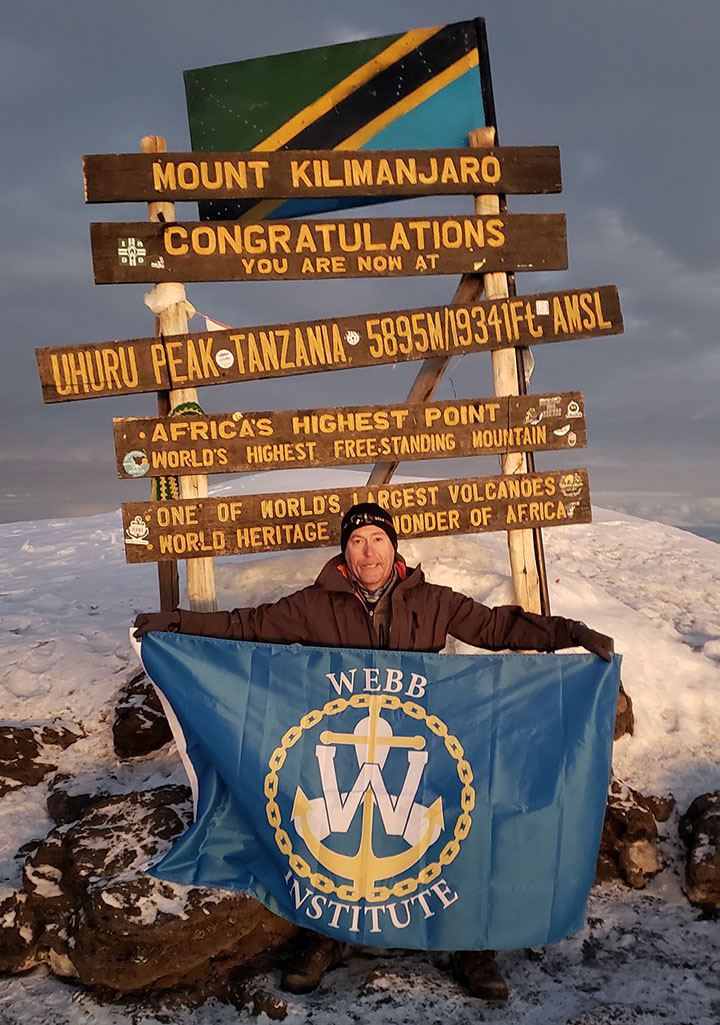
Richard A. (Rick) Royce has a Ph.D. in Naval Architecture and Marine Engineering from the University of Michigan and serves as Professor of Naval Architecture at Webb Institute, having been hired in 2001. In addition to his classroom duties, he has performed many different services, including Director of Research; Director of the Robinson Model Basin; leading the Webb “big boat” sailing efforts, including the Newport, R.I. to Bermuda race; and Principal Investigator for the Office of Naval Research (ONR) Navatek Consortium. Under Roger Compton’s leadership, Rick was a major author of the proposal to ONR that secured $2 million in grants for upgrades to the model basin, marine engineering laboratory, and the purchase of a research quality flow channel, in addition to funding research. Rick did a great job managing the resulting funds. In the time I’ve known Rick I have always thought of him as extremely capable and a reasonably sane man. Then I learned that in January of 2020, he planned on climbing Mount Kilimanjaro. Sometimes one has to re-think his opinion of another’s mental stability.
Spending a lot of time in a building the students often refer to as Hogwarts can do strange things to people. Perhaps that is what caused the aberration in the good professor’s mind though he claims this was a long time coming. The real impetus for this adventure came from Rick’s sister, Karen. They have always been close, and Karen wanted to do something special for their upcoming birthdays. So in the summer of 2019 they considered several options, but none seemed quite right. Karen was a geology major and had helped run field camps, as well as having spent extensive time on the Appalachian Trail. She had friends who had taken some African safaris, and she was the one who suggested climbing Mount Kilimanjaro. Rick had done some mountain climbing as far back as college. In the late 1990s he had climbed Mount St. Helens, carrying his skis up and skiing down. Rick’s ex-college roommate worked for Christensen Shipyard in Vancouver, Washington, and when Rick visited him, they would go climbing, including Mt. Adams and Mt. Hood. So Karen’s suggestion didn’t sound crazy. There are a number of companies that arrange a Kilimanjaro climb and after some research, they decided on a company called “Climb Kili.”
Rick knew he had to prepare. He started doing cardio on elliptical trainers in August then threw in some hiking locally, including walking the dog with a full backpack each morning. During Thanksgiving week he went to England, Wales, and Ireland. He did a lot of walking that week and climbed Mt. Knocknarea near Sligo, Ireland, which is only 1,000 feet tall but is steep.
Climb Kili provided an agenda for an eight-day trip that required their arrival on January 10, as well as some instructions. Because the park system limits the weight for porters, each hiker is allowed his or her own personal gear plus a maximum of 15 kg of “extra gear,” which an assigned porter carries. Costs cover transfers to and from Kilimanjaro International Airport, which is located between the cities of Moshi (population approximately 200,000) and Arusha (400,000). Karen and Rick flew from JFK airport and splurged on upgrades to business class, figuring it would be their last chance to be pampered for a while. Upon arrival they were taken to a hotel which was good quality though surrounded by a wall and razor wire.
The group consisted of six climbers, three men and three women. Karen lives in Dublin, Ohio. Besides Rick, the other climbers were from Los Angeles; San Francisco; Edmonton, Alberta; and north of London, England. There were three guides, a cook, a waiter, a dishwasher, a toilet attendant, and 13 porters. Each climber had one porter to carry personal gear such as sleeping pad, sleeping bag, and extra clothes. The remaining porters carried food, tents, and campsite gear.
The actual climb started on January 11 at an altitude of 5,000 feet, where the temperature was between 85 and 90 degrees F. Rick says that as opposed to the mountain climbing one might envision, most of this trek was a slight rise with only a few steep portions. They started at the end of the rainy season although the first day was fine weather. The second day they hiked in the rain. They experienced no other real rain but often climbed in a mist. Each morning they were awakened by the waiter, Balthasar, and his “smooth jazz voice” at 6:30. Then they would pack up their extra gear for porters to carry and prepare their day backpack with two to three liters of water, rain clothes, snacks, trekking poles, hat, gloves, and rain cover for packs. Breakfast would be served around 7:15 and was usually pineapple, porridge, eggs, toast, and diced sausage. While eating, they would have their pulse and oxygen content measured. As long as their O2 level was above 75% they were good to go. If not, there was always the option of staying behind with a guide and catching up later in the day, or having a guide lead the person down the mountain. Guides and porters were always saying “Pole Pole” (poley poley) which means “go slowly.” This allowed porters to pass the climbers on the trail so they could get set up at the next camp, and for those not used to the altitude, the slow pace prevented burn out. The guides and porters were constantly mindful of the physical condition of the climbers and from that point of view they always felt safe. They would leave camp around 8:00. The length of climb varied by day. When they arrived at the next camp, they would have lunch, starting with soup, toast, pineapple, chicken or fish, and potatoes. Then they would unpack their gear and get their tent, air mattress, and sleeping bag situated. Rick would usually walk around quite a bit to make sure he could sleep through the night. Dinner was at 6:30 and consisted of soup, rice, or pasta with stir-fried veggies for topping, potatoes, and fritter type deserts. Rick thought the food was surprisingly good. Hunger may have seasoned it.
Bathroom facilities were less than lavish. The middle-to-high-end tour companies have a toilet attendant. This person carries a portable toilet and tent for the climbers to use. When breaking camp the attendant empties the contents into the bare-bones toilets provided on the mountain. “Bare-bones” means “bare-bones” – think of an outhouse but with no bench seat, just a hole in the floor and the aroma reminiscent of the senior classroom after a ship design all-nighter.
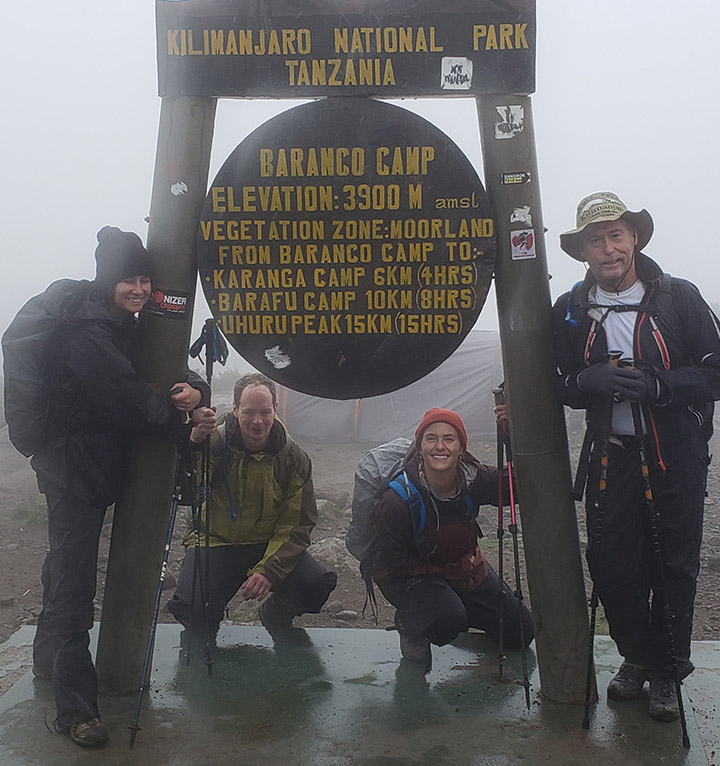
There was one dangerous portion of the climb – a stretch at the Great Baranco Wall. It is an 800-foot rise on a switchback trail with a 60-foot drop-off on one side. Handholds were definitely needed there. Rick did see one person evacuated from the mountain. He was brought down on a gurney of sorts that had only one wheel in its center. It looked extremely uncomfortable but it was the only way available to get someone to one of the mountain’s helipads.
Some highlights of the climb included seeing buffalo tracks at 13,000 feet where there are salt deposits for the buffalo to lick. They stopped at the Moira camp at about 13,300 feet that night although the guides wanted them to go higher where they could get cell phone service. On day seven they started at 16,000 feet around midnight. Rick never considered quitting but the penultimate stretch of the climb to Stella Point at 18,875 feet was quite steep and he felt a bit light-headed. Guides carry oxygen for those climbers who need it, but once they take it, they are required to go back down. After a brief rest, Rick felt fine and the remainder of the trek to the summit at 19, 341 feet involved only a slight rise. They arrived at 6:05 am. It was -10 degrees F. They only stayed 30 minutes at the summit because the sun was coming up and there was a real concern about snow blindness. On the route they took, an average of 70% of the climbers achieve the summit. Not all of the climbers in Rick’s group were able to make it, but all had an experience to remember.
The trip down was a bit anti-climactic. They went by a different route, having climbed the northwest side of the mountain and descending the southwest side. It was certainly quicker than going up, but it was tougher than Rick thought it might be because the descent required the use of different muscles. They left the mountain at 5,000 feet and spent the night in the hotel. Having anticipated the need for a bit of R&R, Karen and Rick flew to Zanzibar for a stay at the Diamonds Mapenzi Beach Resort. This required local currency, so Rick went to get some Tanzanian shillings. The machine he used had a menu asking how many he wanted and not being familiar with the exchange rate, he chose 30,000. Turns out that is equivalent to about $12 US. The exchange fee was $7 US. Next time Webb’s Director of Research will do more research ahead of time.
So what did Rick accomplish on this trip? First, he lost about 10 pounds despite the hi-carb diet. Secondly, he most probably is the first person to drink a Diet Coke at the summit (Rick refused to confirm or deny this with me), and finally, he is not only the first Webb prof to climb Mount Kilimanjaro, he is certainly the first person to unfurl a Webb banner on the summit. Congratulations are in order. I can’t wait to hear what he does next winter. If he invites me, I’m busy that day.
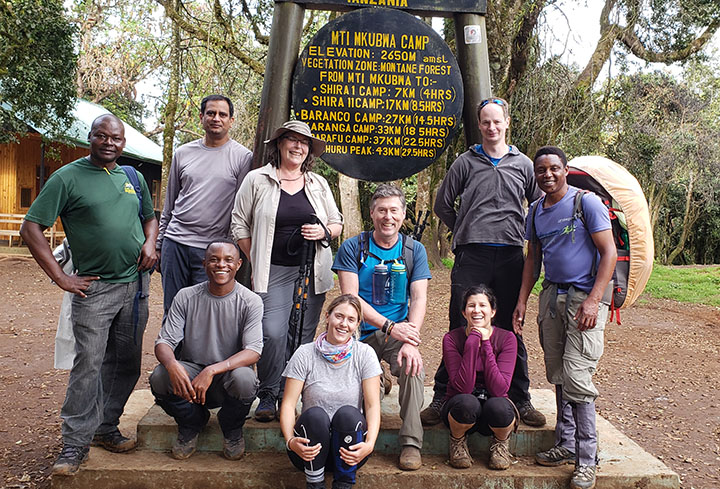
Photo Credit: Climb Kili
Senior Spotlight: Zane Tinnell ’20
Hometown: Corpus Christi, Texas
Thesis Title: Effect of Non-Linear Geometric Twist on the Hydrodynamic Performance of Hydrofoils with Bell-Shaped Spanloads
Post Graduate Plans: ABS rotational program
Favorite Quote.
Time is a created thing. To say ‘I don’t have time,’ is like saying, ‘I don’t want to.’
– Lao Tzu
What are you passionate about?
The friends I’ve made along the way. They mean a lot to me.
What’s your favorite spot on campus and why?
The yacht club because who doesn’t have a good time at the yacht club?
What was your favorite Winter Work internship?
Senior year at ABS. It was warm and there was never a dull moment.
Two Weeks of Sleepless Nights Turns Two Alumni’s 3D Card Maker into PPE Provider
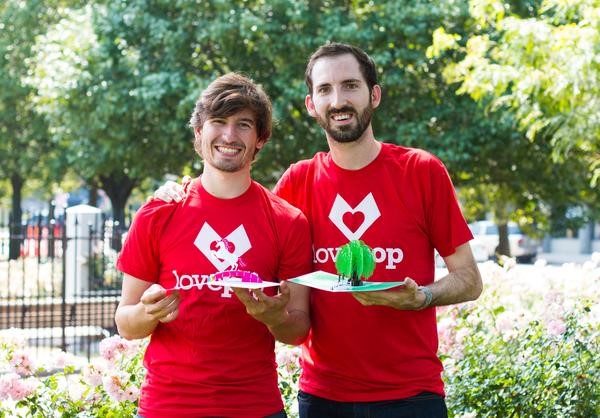
With the cases of COVID-19 on the rise, two members from the Class of 2009, John Wise and Webb trustee, Wombi Rose, rose to the challenge and quickly switched their resources at Lovepop to produce much-needed PPE gear. Normally, Lovepop produces laser-cut 3-D greeting cards based on the ancient art form of kirigami.
“One of the things we learned at Webb was how to solve problems. When we heard about the shortage of PPE, we tried to turn it into a problem we could start to solve with the resources and capabilities available to us.” noted Wombi Rose ’09, president of Lovepop, “In the past few weeks, we’ve figured out how to pivot our supply chain to provide desperately-needed gowns and face shields to the front line.”
If you are an alumnus/alumna and would like to share your story on how you or your company are helping others through the COVID-19 pandemic, please contact Kerri Allegretta at ude.bbew@attergellak.
About Lovepop (from lovepopcards.com)
Founded by best friends and naval architects, John Wise and Wombi Rose, Lovepop creates beautiful laser-cut pop-up cards designed on ship-building software and handcrafted in the ancient art form of kirigami.
Lovepop is on a mission to create one billion magical moments by making it easy to do something creative and meaningful for the people you love.
Since earning an investment from Kevin “Mr. Wonderful” O’Leary on ABC’s “Shark Tank” in 2015, Lovepop has created hundreds of unique designs to help make every occasion magical – whether it’s a birthday, holiday, anniversary, or any milestone for someone you love.
Alumni Spotlight – Chris Hicks ’99
Webb Education: Tools for Life
1999
Like nearly all Webb Institute alumni, earning that dual bachelor’s degree in Naval Architecture and Marine engineering made for four of the most challenging years of my life. So when graduation day was upon me, I was more than ready for the real world. But first things first, let’s party like it’s 1999…because it was!
I headed back home to the Mississippi Gulf Coast, where I hired on at Ingalls Shipbuilding. Honestly, I was expecting it to be a short-lived job; just get my feet wet, so to speak and really just catch my breath after Webb. What I hadn’t expected was for my first job to lead to such interesting opportunities and challenges that I would find myself with the same corporation for the next 20 years.
Webb provided me with the necessary tools to succeed in over a dozen different roles throughout my career, including basic naval architecture tasking, field engineering, research and development, advanced ship design, and project leadership. Beyond the engineering, I had the opportunity to lead hundreds of millions of dollars in program pursuits and lead proposal developments across commercial and government sectors. With the experience gained through my varied roles, and a constant desire to make a significant impact within the company, I was given the opportunity to move into our Corporate Development and Strategy organization, where I am today.
2019
In my current role, I support senior leadership with enterprise strategy and key acquisitions, including those that led to the stand up of a third Huntington Ingalls Industries division, creating a path for growth beyond shipbuilding. My strong technical background and strategic experience has allowed me the opportunity to coordinate our enterprise focus on Unmanned and Autonomous Systems, truly the future of the maritime industry.
Work-Life Balance
Although my career doesn’t always allow me to be home as much as I’d like, I have to say I’ve been blessed. My wife, Jennifer and I have been married for 11 years and live in Mobile, Alabama, with our two amazing daughters, Riley (9) and Kennedy (7). My love for music and water sports continues, and I am fortunate to have outlets that support this. I am honored to be a member of the South Coast Church worship team playing acoustic guitar, an experience that has strengthened much more than musical skills. And living on the Gulf Coast allows me opportunities to surf, wakeboard, windsurf, sail, and much more. Truth is, time does really fly when you’re having fun.
Retrospective
Anyone who knows Webb’s mission knows that this school is unique in what it offers, and few schools can create opportunities and open doors the way Webb can. From life-long friendships around the globe to a fulfilling career chasing my personal aspirations, I’m truly thankful for what Webb has done for me.
